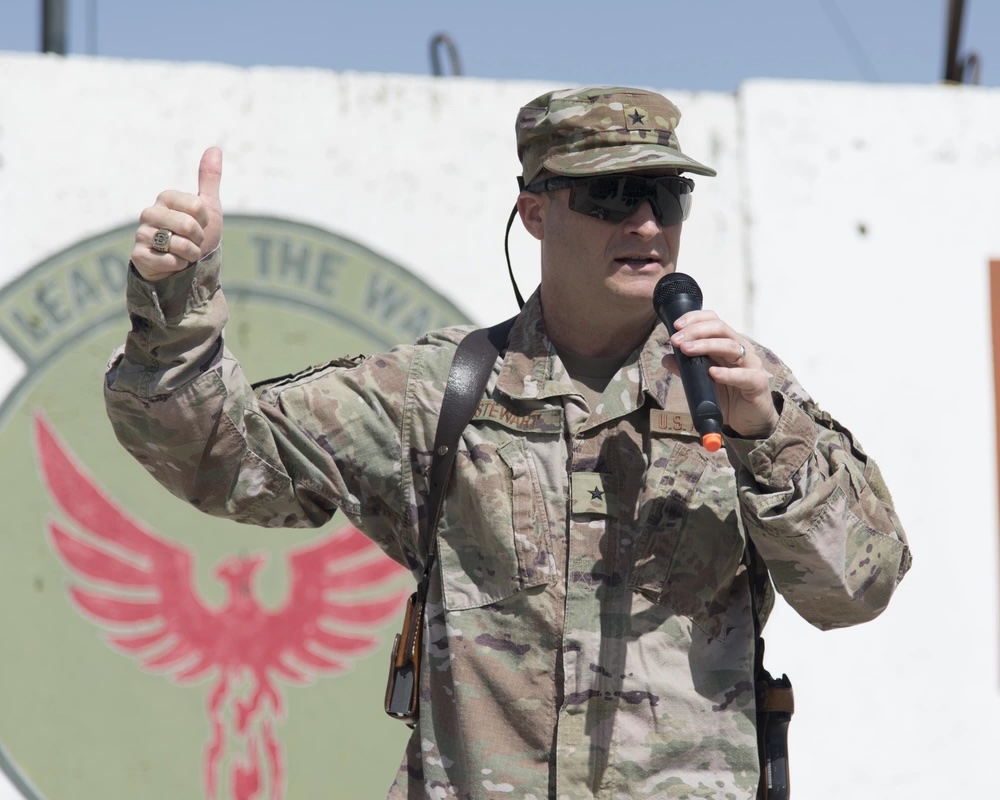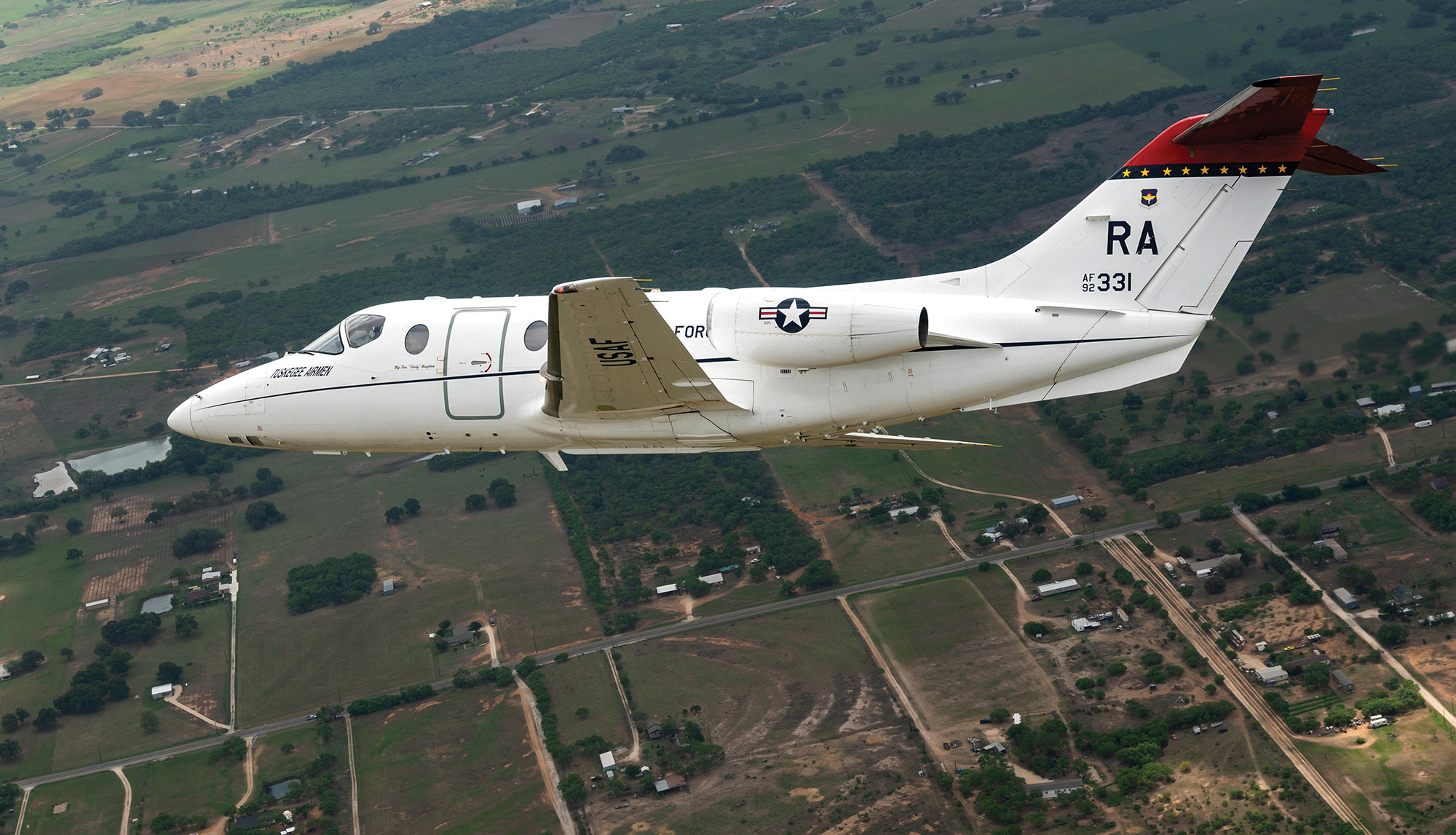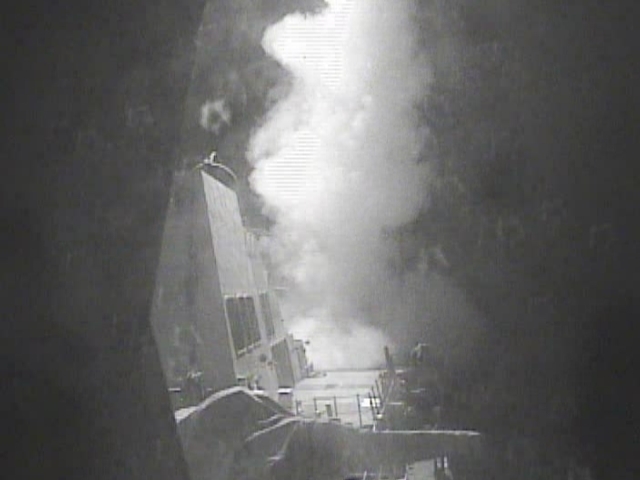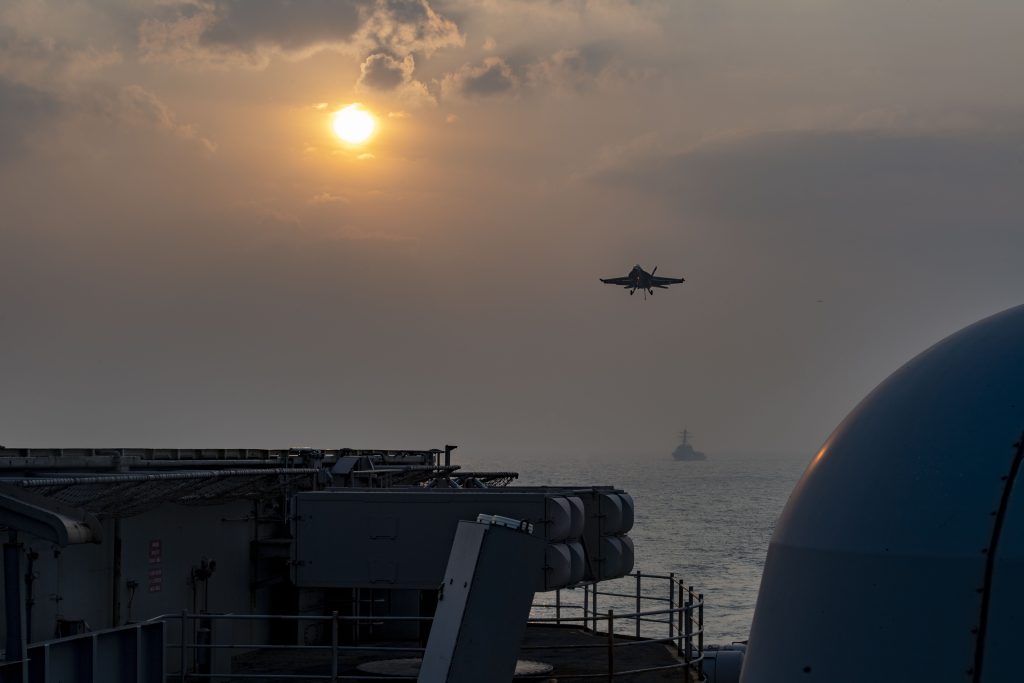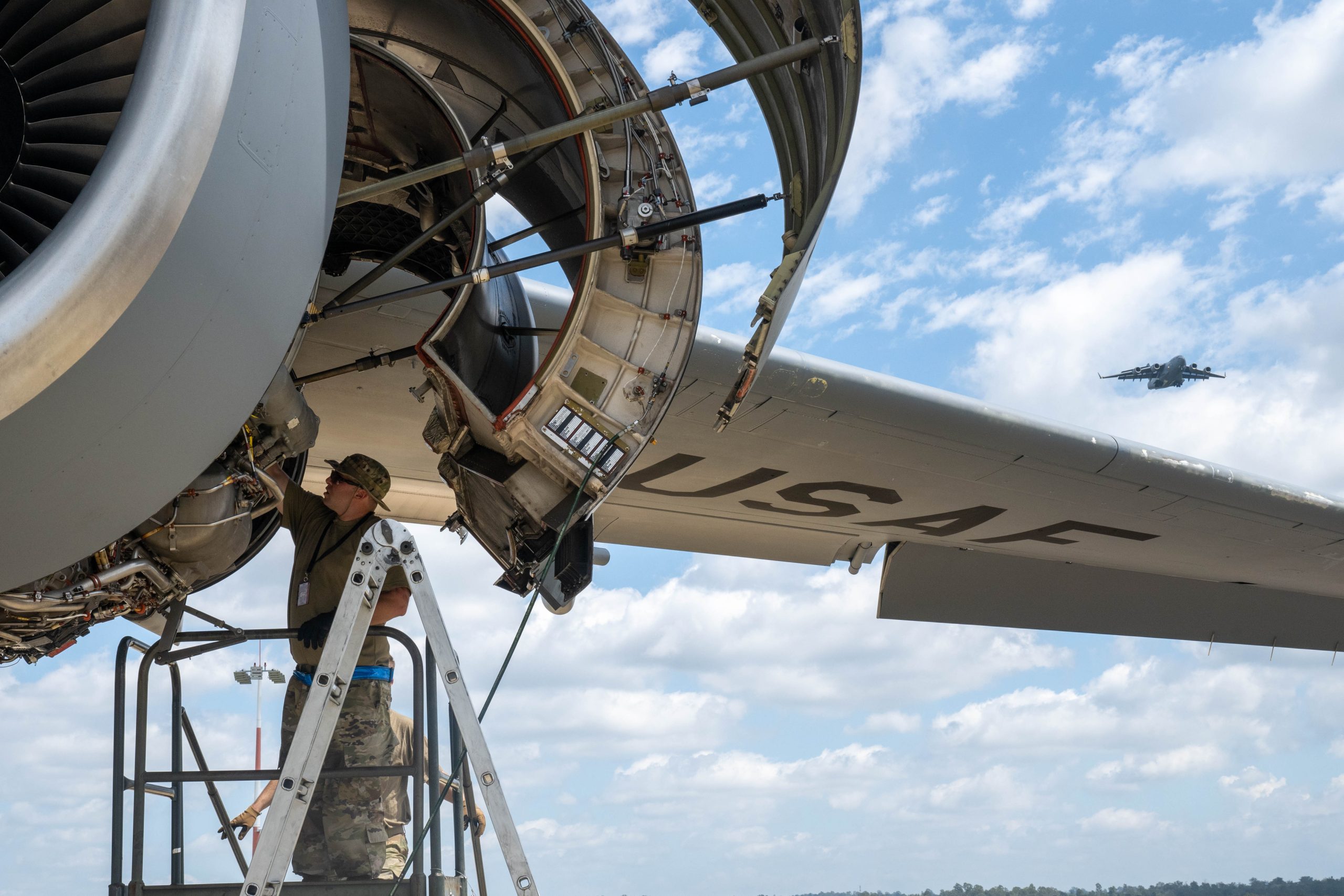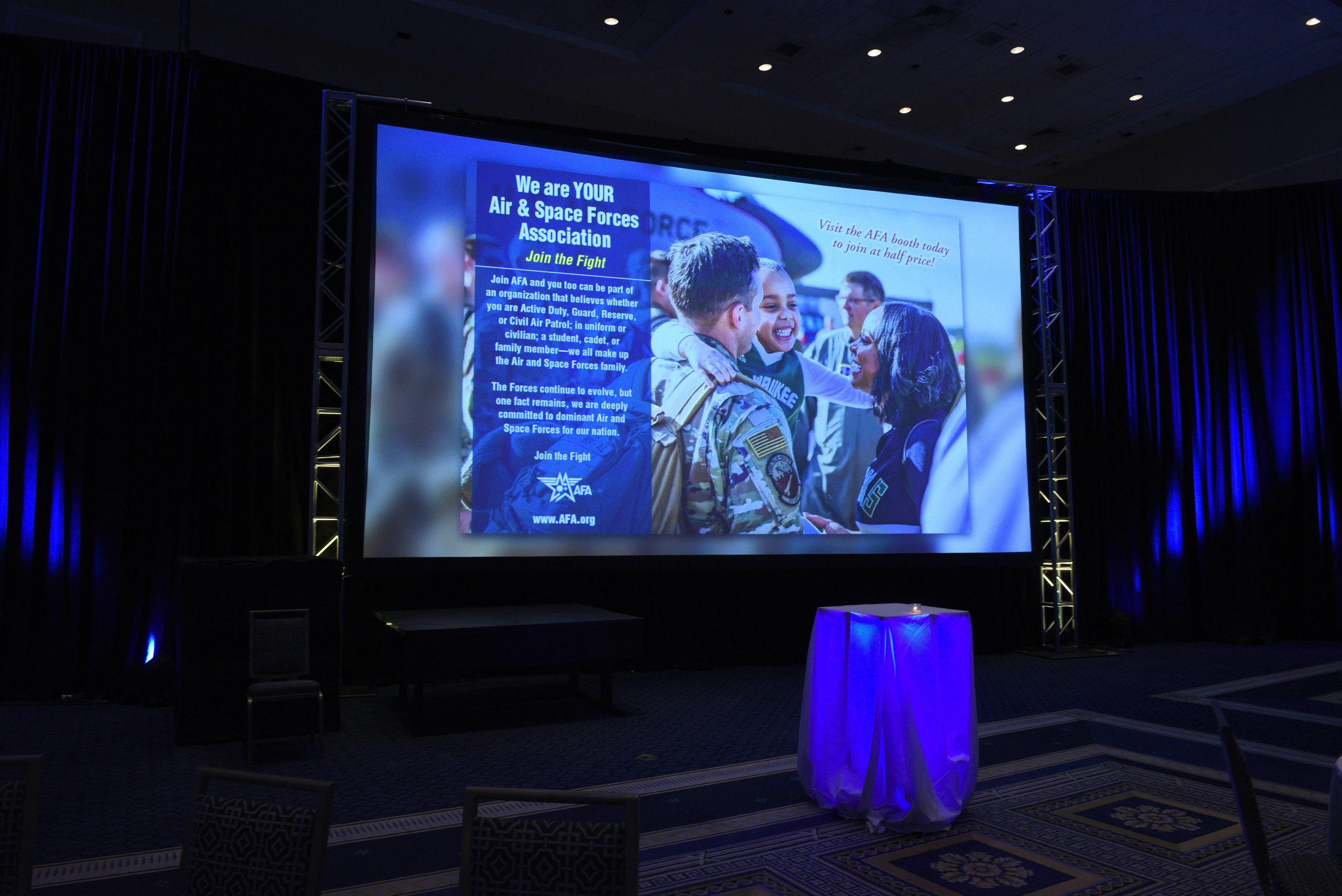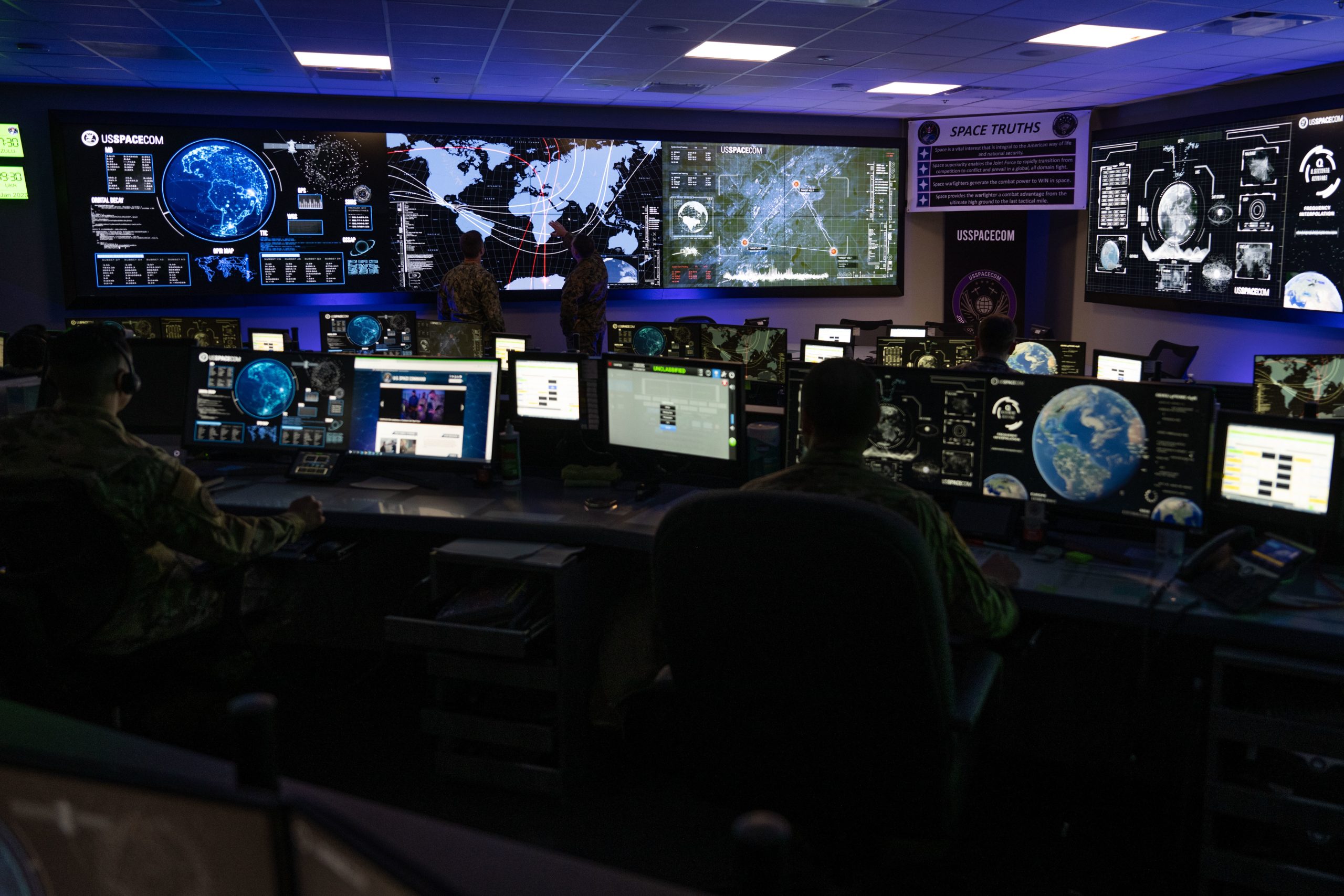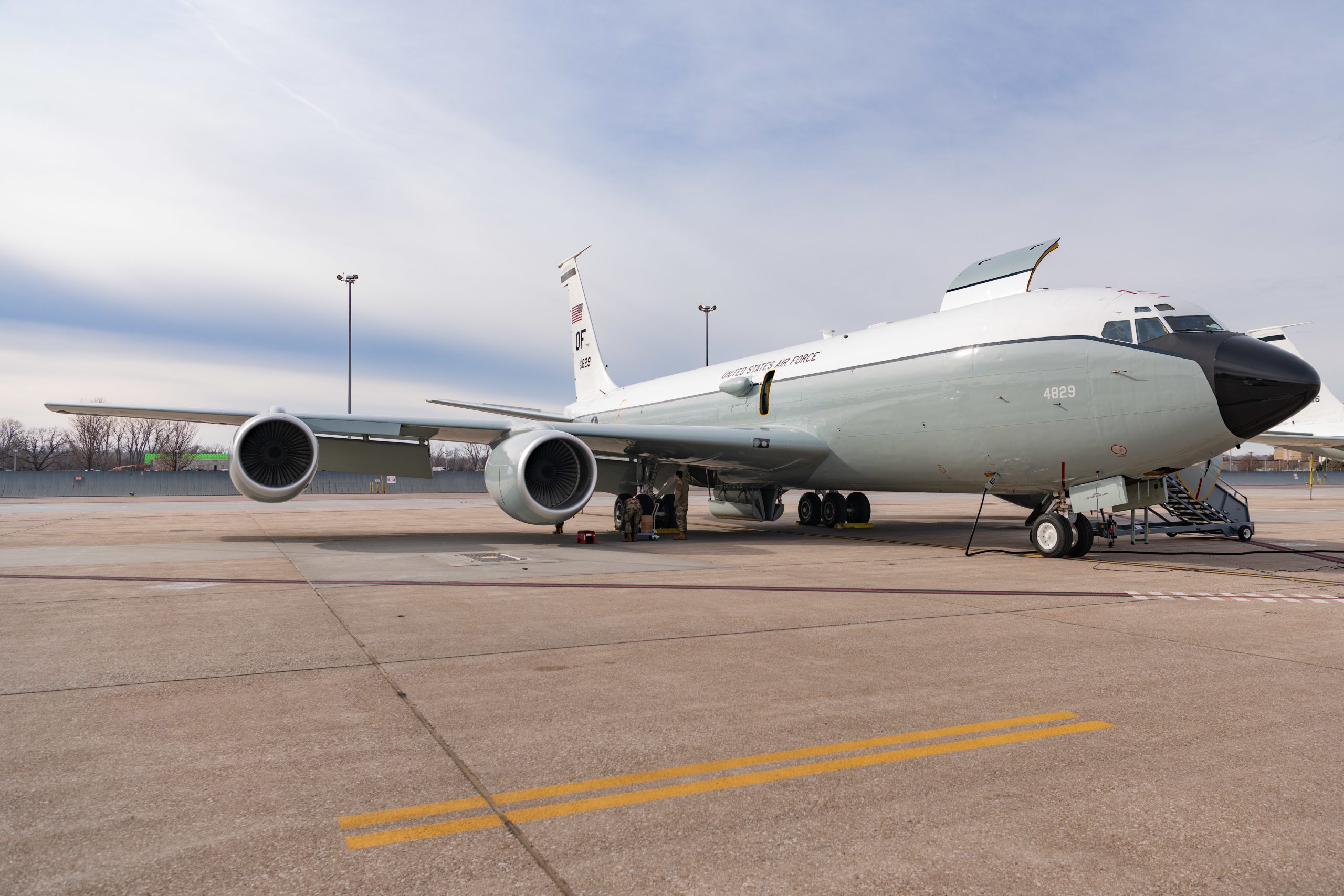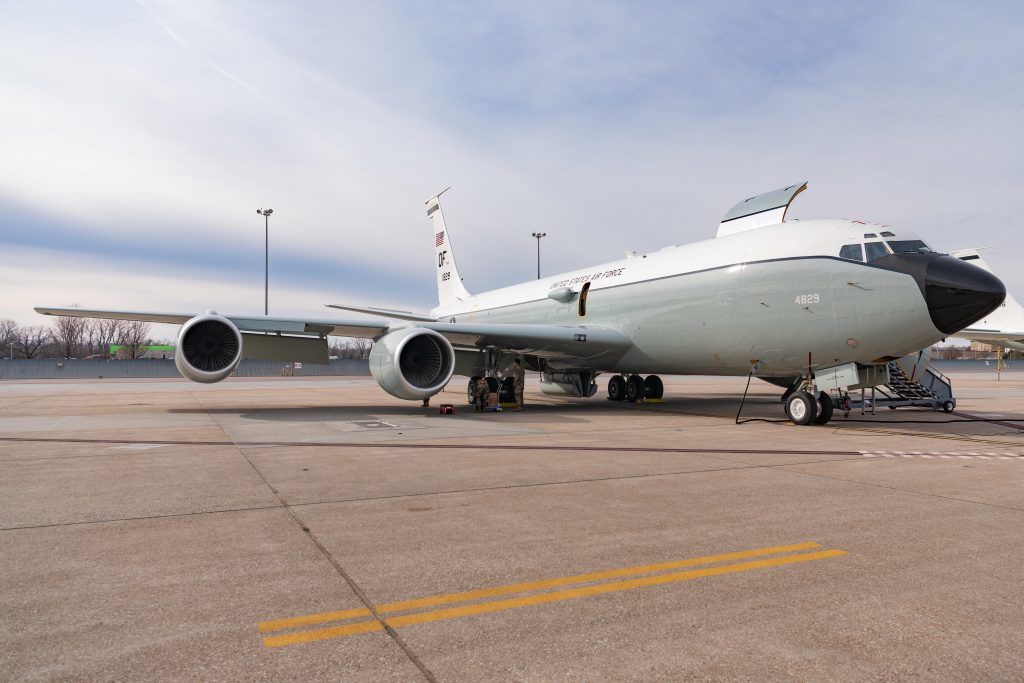An Air Force two-star general will face a court-martial on charges including sexual assault, conduct unbecoming an officer, and controlling an aircraft within 12 hours of consuming alcohol. The defendant, Maj. Gen. Phillip Stewart was the head of Air Force pilot training until he was relieved of command on May 9 by Lt. Gen. Brian Robinson, head of Air Education and Training Command (AETC).
AETC confirmed Dec. 19 that Robinson decided to refer all charges to a court-martial, the date of which is still pending. The news comes about two months after an Article 32 preliminary hearing was held Oct. 24 at Joint Base San Antonio-Randolph, Texas. At the Article 32 hearing, similar to a civilian grand jury evidentiary proceeding, the presiding officer reviews evidence to determine if there is enough cause to continue to a court-martial.
The charges include:
- Two specifications of violating Article 92 of the Uniform Code of Military Justice, failing to obey a lawful order or regulation, first for allegedly failing “to refrain from pursuing an unprofessional relationship” and second for allegedly controlling an aircraft within 12 hours after consuming alcohol. The first specification allegedly dates to March 6 and May 9, while the second allegedly dates to on or about April 14 at or near Altus Air Force Base, Okla.
- Two specifications of violating Article 120 of the UCMJ, which covers rape and sexual assault, for alleged nonconsensual sexual contact, dated on or about April 13 and 14 at Altus.
- One specification of violating Article 133 of the UCMJ, conduct unbecoming an officer, at or near Denver, Colo., on or about March 6 and March 8, where it alleges that Stewart, “while on official travel, wrongfully invite [redacted] to spend the night alone with him in his private hotel room[.]”
- And one specification of violating UCMJ Article 134, which refers to “all disorders and neglects to the prejudice of good order and discipline in the armed forces, of a nature to bring discredit upon the armed forces,” for allegedly engaging “in extramarital conduct” on or about April 13 and 14 at or near Altus.
Dr. Jeffrey Addicott, a member of Stewart’s defense team, told Air & Space Forces Magazine that the general was served orders for the court-martial on Dec. 18. Stewart plans to plead not guilty and request a jury trial.
Addicott added that the Article 32 hearing presiding officer, Col. Brian Thompson, recommended the case not proceed to court-martial. Instead, Addicott said Thompson recommended dropping the sexual assault charges and resolving the other charges administratively. Neither AETC nor Stewart’s defense team could immediately provide Air & Space Forces Magazine with a copy of the Article 32 hearing report.
“I think Col. Thompson did a very firm yet thoughtful job in looking at the evidence, and we would expect that any reasonable person when they look at the evidence will come to the same conclusion that the Article 32 officer did,” Addicott said.
One former chief prosecutor of the Air Force, unconnected to the case, spoke highly of the presiding officer.
“He’s probably the most experienced former prosecutor out there, and he is not somebody who shies away from difficult cases,” retired Col. Don Christensen told Air & Space Forces Magazine. “That would tell me he didn’t see evidence sufficient for going to trial.”
Addicott, a retired Army lieutenant colonel with 20 years of experience as a judge advocate general, said this was the first case he could recall where the convening authority acted against the recommendation of an Article 32 presiding officer. Christensen had a different view, saying it is not unusual.
In this case, Christensen said the fact that Stewart is a general officer may have played a role in Robinson’s decision to move ahead with a trial.
“It kind of flips the script on the past, when general officers got a ‘get-out-of-jail-free’ card when it came to crimes,” he said. “Now it seems like we have a general who potentially is being prosecuted that shouldn’t be.”
Stewart is just the second Air Force general officer to face a court-martial. In April 2022, Maj. Gen. William Cooley, former head of the Air Force Research Laboratory, was tried and convicted in a military trial of abusive sexual contact for forcibly kissing his sister-in-law in 2018. Before Cooley, Maj. Gen. Thomas Fiscus and Brig Gen. Richard Hassan were demoted to colonel in 2005 and 2006, respectively, following separate investigations showing the two had engaged in unprofessional relationships with subordinates. Neither Fiscus nor Hassan faced court-martial.
Christensen cautioned that, while the presiding officer “made a recommendation that it wasn’t potentially worthy of a court-martial, it doesn’t mean he doesn’t think there are offenses that he [Stewart] committed.”
